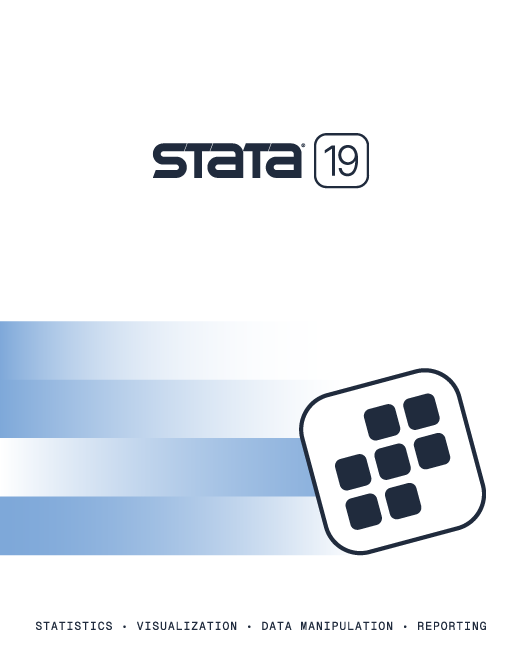

2025 Stata Conference • Nashville, TN • 31 July–01 August
| Title | Predefinition buttons for dialog boxes | |
| Authors | Jean Marie
Linhart, StataCorp Alan Riley, StataCorp |
What do I do with my dialog box if my command has prerequisites or requires predefinitions for it to run? For example, what if the data must be declared st or ct data?
Some prerequisites cannot be encoded easily in the dialog system. If you have a postestimation command, there is no easy way for the dialog system to tell you whether you have already run an estimation command.
In some cases, however, the dialog system can help. If your data must be preset to a certain type, there are some .idlg files to help you deal with this:
_bu_ctset.idlg
_bu_stset.idlg
_bu_tsset.idlg
_bu_panelset.idlg
_bu_svyset.idlg
These files take care of ct data, st data, ts data, panel data, and svy data. To run many of the time-series commands, you must have a VARIRF file set, so you can include the .idlg file:
_bu_vrfset.idlg
These includes are meant to be the first items on the first panel of the dialog box. They require defining two positions, _x and _y, as the coordinates at which the button will be placed. If you look inside stcox.dlg, you will see the button included this way:
DIALOG main, label("stcox - Fit Cox proportional hazards model") /*
*/ tabtitle("Model")
BEGIN
/*--+----1----+----2----+----3----+----4----+----5----+----6----+----7----+*/
DEFINE _x _xsetbu
DEFINE _y _top
INCLUDE _bu_stset
Here _xsetbu and _top are defined in the header dialog _std_large.idlg. You can also define them yourself by putting numbers in place of _xsetbu and _top. You can see an example of this in the faq.dlg dialog box.
This is another exception to the rule of only using .idlg files that define their own tabs.
Learn
Free webinars
NetCourses
Classroom and web training
Organizational training
Video tutorials
Third-party courses
Web resources
Teaching with Stata
© Copyright 1996–2025 StataCorp LLC. All rights reserved.
×
We use cookies to ensure that we give you the best experience on our website—to enhance site navigation, to analyze usage, and to assist in our marketing efforts. By continuing to use our site, you consent to the storing of cookies on your device and agree to delivery of content, including web fonts and JavaScript, from third party web services.
Cookie Settings
Last updated: 16 November 2022
StataCorp LLC (StataCorp) strives to provide our users with exceptional products and services. To do so, we must collect personal information from you. This information is necessary to conduct business with our existing and potential customers. We collect and use this information only where we may legally do so. This policy explains what personal information we collect, how we use it, and what rights you have to that information.
These cookies are essential for our website to function and do not store any personally identifiable information. These cookies cannot be disabled.
This website uses cookies to provide you with a better user experience. A cookie is a small piece of data our website stores on a site visitor's hard drive and accesses each time you visit so we can improve your access to our site, better understand how you use our site, and serve you content that may be of interest to you. For instance, we store a cookie when you log in to our shopping cart so that we can maintain your shopping cart should you not complete checkout. These cookies do not directly store your personal information, but they do support the ability to uniquely identify your internet browser and device.
Please note: Clearing your browser cookies at any time will undo preferences saved here. The option selected here will apply only to the device you are currently using.